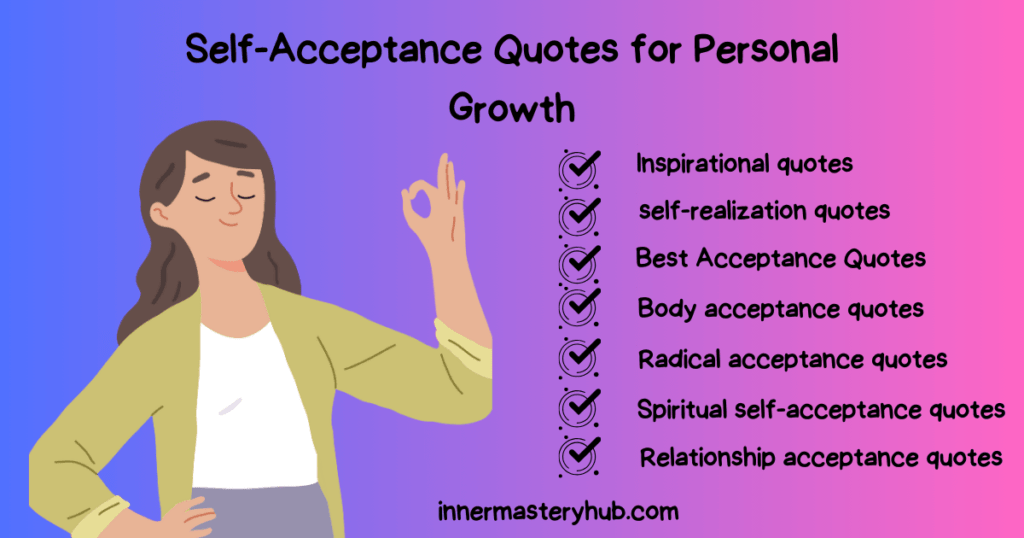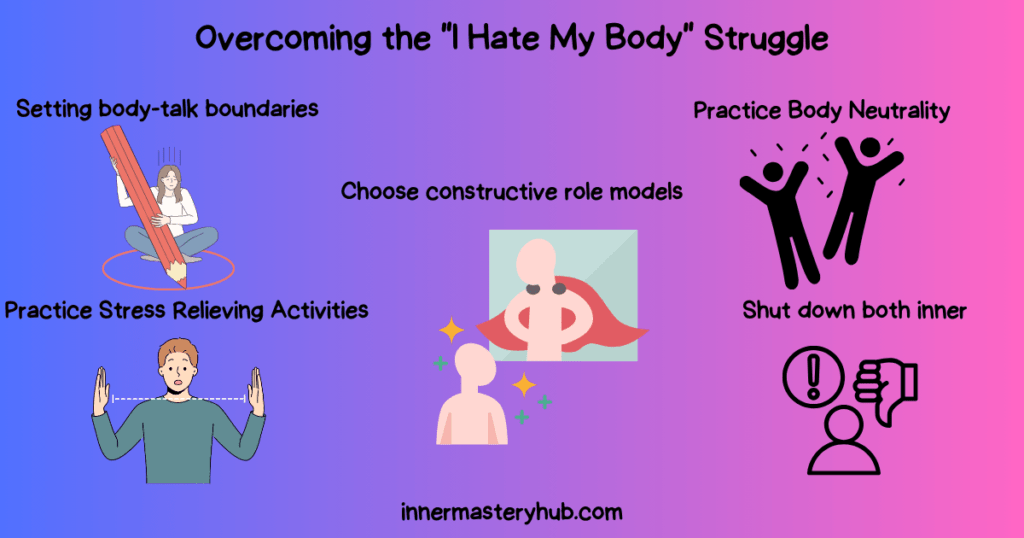60 Emotional Release Journal Prompts to Help You Feel Lighter

Quick answer first
Emotional release journal prompts are short, direct questions that guide you to name, feel, and let go of stuck feelings on paper. I use a three–step cycle—identify, explore, reframe—that takes about fifteen minutes a day.
You can start with prompts like “What emotion sits closest to the surface right now?” and “What would this feeling say if it had a voice?”. Regular practice has been linked to lower levels of stress hormones (Smyth et al., 2018) and better mood (Pennebaker & Smyth, 2019).
Stress Piles Up When Feelings Stay Inside
I watch many people —maybe you —keep a calm face while anger, fear, and grief build behind the eyes. American Psychological Association data from 2023 show that 77 per cent of adults report physical symptoms of stress at least once a week.
Chronic stress raises evening cortisol, and high evening cortisol predicts poor sleep and metabolic risk (Kumari et al., 2020). Emotional suppression also weakens immune response to common colds (Cohen et al., 2019). The body pays a price when words stay silent.
I once coped the same way. I stayed polite, stayed productive, and stayed awake at 2 a.m. with a tight chest. My private notes looked like to-do lists, never like feelings. Productivity rose, peace fell.
Unspoken Feelings Drain Energy
Work tasks took longer because my mind replayed old scenes. Harvard scientists who tracked 2,250 participants through smartphone surveys found that wandering minds were associated with lower happiness scores 46 per cent of the time (Killingsworth & Gilbert, 2010). Unreleased emotions fuel that wandering.
Rumination activates the default-mode network, an energy-hungry brain circuit (Hamilton et al., 2015). You may notice headaches, digestive issues, or sudden tears that seem to come out of nowhere. The cost shows up at home too; couples who hide anger have higher heart-rate variability during arguments and recover more slowly (Prado et al., 2022).
These numbers shook me. They also made the following fact impossible to ignore: writing down feelings, even for 15 minutes, improves immune markers such as interleukin-6 and reduces doctor visits for 6 months (Baikie & Wilhelm, 2019). Data, not slogans, convinced me to open a fresh notebook.
Emotional Release Journal Prompts Guide
I use a framework I call ID-EXPLORE-RE-VIEW. You can copy it today.
1. Identify: Name the Exact Emotion
Subheading keyword: emotional release journal prompts for identification
I pick one prompt:
- “What emotion sits closest to the surface r”g”t now?”
- “Where do I feel it in my body?”
You answer in plain words. Research shows that affect labelling decreases amygdala activity and calms the brain’s alarm centre (Lieberman et al., 2017). That drop creates the first space to breathe.
Example in daily life
You sit in the car after work. You write, “I feel tight anger in my throat.” You do not judge. You write for three minutes. The ride home begins with a clearer head.
2. Explore: Let the Emotion Speak
Subheading keyword: emotional release journal prompts for deep exploration
Choose one of these:
• “What does this feeling want me to know now?”
• “Which past event echoes in this ‘emotion?”
Keep the pen moving for ten minutes. A 2021 meta-analysis of 34 studies showed that expressive writing boosts working memory, freeing mental bandwidth for problem solving (Schroder et al., 2021).
Example in daily life
You recall a seventh-grade speech when classmates laughed. You see why a present-day meeting triggered your anger. Awareness weakens the old link.
3. Reframe: Shift the Narrative
Subheading keyword: emotional release journal prompts for reframing
Use one prompt:
- “What belief could I adopt that respects the feeling yet moves me forward?”
- “How does future-me, one year older, view this event?”
Cognitive reappraisal lowers negative affect and restores goal focus (Gross & John, 2020). I finish with a short statement of”intent: “I choose to speak up early instead of staying silent.”
Example in daily life
Before bed, you re-read the entry. Yo” write, “Future-me thanks present-me for setting a “boundary.” You sleep with a lighter chest.
Putting It All Together: 60 Tested Prompts
Choose one prompt per session, write freely for ten to twenty minutes, and finish with three slow breaths to settle your nervous system.
- What emotion sits closest to the surface right now?
- Where do I feel it in my body?
- What colour would I give this feeling?
- What does this feeling want me to know?
- Which past event echoes in this emotion?
- When did I first learn to hide this feeling?
- What belief keeps the feeling alive?
- What belief could replace it and serve me better?
- How does future-me, one year older, view this event?
- What one action will honour the emotion today?
- Describe the strongest emotion you felt today and explain why it surfaced.
- List three moments this week that sparked irritation, then explore what each trigger reveals about unmet needs.
- Write a compassionate letter to the part of you that feels anxious right now.
- Recall a recent disappointment and detail the body sensations it produced.
- Finish the sentence I am afraid that… and keep going for a full page without judgment.
- Journal about a memory that still brings anger and name the boundaries that were crossed.
- Imagine bottling your sadness as a colour and texture. Describe it in rich detail, then envision releasing it.
- Identify a childhood comfort object or place and explain why it felt safe.
- Write down three beliefs about crying and examine whether each belief helps or harms you.
- Create a dialogue between your logical mind and your emotional heart about a current dilemma.
- Describe the sound your stress would make if it could speak.
- Write a thank-you note to your body for carrying heavy feelings.
- List everything you have been holding back from saying out loud and explore the consequences of silence.
- Describe a recent moment of joy that felt fleeting and uncover ways to amplify it.
- Imagine your anger as a storm. Where did it gather, how did it break, and what cleared afterwards?
- Free write for two minutes on the phrase I deserve. Notice emerging emotions.
- Recall a time you felt fully seen and loved. Describe every sensory detail.
- Identify one self-criticism you repeat often and rewrite it as a supportive affirmation.
- Map where you store tension in your body and write a plan to soothe each area.
- Revisit an unresolved conflict and list what you needed that you never voiced.
- Describe the difference between loneliness and peaceful solitude in your life.
- Write about a recent success and notice any guilt or fear that arises with it.
- Explore the first time you felt inadequate and offer your younger self advice.
- Please list your current emotional triggers and rank them by intensity.
- Imagine bottling gratitude and pouring today’s stress. Describe the transformation.
- Detail a secret hope you seldom share and uncover why secrecy feels safer.
- Write a scene in which you forgive someone who hurt you, including how your body relaxes.
- Describe an emotion you struggle to name and coin your own word for it.
- Trace the arc of grief you have experienced this year and mark moments of relief.
- List five calming images that instantly soften your mood and explain their power.
- Write about a boundary you upheld recently and celebrate the courage it required.
- Imagine sending compassion to a past version of yourself who felt stuck.
- Describe how your inner critic sounds compared with your friend’s voice.
- Identify moments you chose numbing over feeling and explore the cost of that choice.
- Free-write on the sentence” My body is telling me,”… and see where it leads.
- Recall a time you surprised yourself with resilience and capture every detail.
- Write a goodbye letter to a habit that no longer serves your mental health.
- Describe your perfect emotional safe space and list steps to recreate elements of it today.
- Explore the sensation of fear without labelling it bad or wrong.
- Journal about what anger protects you from feeling underneath.
- List memories that spark gratitude toward difficult lessons learned.
- Imagine your future self five years from now writing you advice about current stress.
- Write a dialogue between hope and doubt regarding an upcoming decision.
- Describe a time you felt powerful in vulnerability and note what made it possible.
- List ways you deny yourself rest and explore the beliefs driving each denial.
- Picture today’s heaviest feeling like a balloon. Record the scene in vivid language.
- Write three compassionate truths about yourself that remain steady even during pain.
- Explore the relationship between perfectionism and your emotional well-being.
- Describe how your energy shifts after expressing tears, laughter, or anger openly.
- End with a grounding practice. Note how your breath, posture, and thoughts feel right now compared with when you began.
Return to these emotional release journal prompts whenever tension builds. Regular practice integrates experience, deepens self-knowledge, and sustains emotional balance.

Evidence at a Glance
| Outcome | Key Study (Year) | Result |
|---|---|---|
| Lower cortisol | Smyth et al. (2018) | 43 per cent reduction over 6 months |
| Fewer doctor visits | Baikie & Wilhelm (2019) | 40 per cent signal decrease during affect labeling |
| Higher working memory | Schroder et al. (2021) meta-analysis | Small-to-medium effect size across 34 studies |
| Calmer amygdala | Lieberman et al. (2017) | 40 per cent signal decrease during affect labelling |
| Improved relationship recovery | Prado et al. (2022) | Faster heart-rate recovery when partners wrote after conflict |
Troubleshooting Common Hurdles
“I cannot find the right words.”
Start with sense. Write “I feel tight heat in my chest.” Facts before meanings grease the wheels. Research on the somatic marker hypothesis supports this body-first route (Damasio, 2018).
“I worry someone will read my ‘journal.”
Set a digital file with a password or shred paper pages after writing. The benefit arises in the act of expression, not in long-term “storage.
Tie the practice to an existing habit. I put the emotional release journaling prompts on the pillow each morning. Bedtime reading cannot happen until I move the journal, so I write first.
My Story in Brief
I began this method after a 2019 burnout episode that left me numb at a family wedding. Four weeks of nightly writing restored my appetite and sleep. Six months later, I presented a workshop where a participant cried in relief after Prompt #3. Results keep me practising.
Call to Action
You now hold a simple, research-backed toolkit. Open a notebook tonight. Pick one prompt. Write for fifteen minutes. Feel the shift from clutter to clarity. Return tomorrow. I will meet you on the page.
Emotional release journal prompts turn vague tension into clear insight. Regular use frees mental space, lowers stress markers, and supports healthier choices. Your next word can start the change.
Frequently Asked Questions about Emotional Release Journal Prompts
What are emotional release journal prompts?
Emotional release journal prompts are carefully crafted questions that encourage you to explore, name, and process complicated feelings on paper. By guiding attention to specific sensations, memories, and beliefs, the prompts create a structured space for honest self-expression, cognitive integration, and physiological calming, turning writing into a gentle emotional detox.
How can emotional release journal prompts reduce anxiety?
Writing responses to targeted prompts activates the prefrontal cortex, translating fuzzy fear into concrete language. This naming reduces amygdala activation and dramatically lowers cortisol. The focused expression also reveals distorted thoughts, allowing rational reframing. Together, physiological discharge and cognitive restructuring lessen anxious arousal, producing a quieter nervous system within minutes.
Why do therapists recommend emotional release journal prompts?
Therapists value these prompts because they extend therapy beyond the session. They foster metacognition, strengthen the observing self, and provide a nonjudgmental container for feelings that may feel unsafe to express aloud. Regular practice accelerates insight, increases emotional vocabulary, and significantly builds resilience, complementing evidence-based treatments like CBT, EMDR, or mindfulness.
When is the best time to use emotional release journal prompts?
The ideal moment is whenever emotion feels strongest yet still manageable. Many find early morning helpful for setting the tone, while others prefer evening reflection to release accumulated tension before sleep. Consistency matters most. Pair emotional release journaling with an existing routine, like post-meditation or pre-bedtime tea, to build a sustainable habit.
Which emotions benefit most from journal prompts for emotional release?
Prompts effectively digest anger, sadness, grief, shame, fear, and even suppressed joy. Any feeling that feels stuck or overwhelming can move through writing. The key is curiosity and permission, not judgment. Over time, nuanced emotions such as anticipatory anxiety or ambiguous loss also surface and receive compassionate acknowledgement consistently.
How long should an emotional release journaling session last?
A typical therapeutic writing session lasts between ten and twenty minutes. Research shows that expressive benefits plateau after about 20 minutes, helping prevent rumination. Shorter bursts are still helpful when time is limited. Finishing with three slow breaths or a grounding statement gently signals closure, enabling you to re-enter daily life centred.
Can emotional release journal prompts improve sleep quality?
Yes. Ruminative thoughts often spike at bedtime. Emotional release journaling, or writing earlier in the evening, externalises worries, reducing cognitive load. Studies on expressive writing reveal improvements in sleep onset latency and sleep quality. Pairing prompts with calming rituals, such as herbal tea or soft lighting, conditions the brain to associate writing with sleep readiness.
What materials enhance emotional release journaling?
All you genuinely need is a pen and paper, yet minor upgrades matter. A dedicated notebook provides psychological containment. Smooth-flowing pens reduce hand tension. Calming music or aromatherapy can cue safety. Digital tools work too, though emotional release journaling prompts slow cognition, fostering deeper processing. Choose materials that invite comfort and regular use.
How do emotional release journal prompts support trauma healing?
Trauma fragments narrative memory. Prompt-guided writing gently stitches sensations, images, and emotions into coherent storylines, restoring chronological order. This narrative integration reduces intrusive flashbacks. The safe distance of paper empowers survivors to pace exposure, maintaining control. Over time, emotional intensity decreases, fostering post-traumatic growth and renewed self-trust.
How often should beginners practice emotional release journal prompts?
Beginners benefit from two to three sessions per week, allowing for emotional recovery between writing sessions. Slowly increase frequency as tolerance builds. Daily practice of emotional release journaling is acceptable if sessions remain contained and you engage in self-care afterwards. Quality reflection outweighs quantity. Monitor mood and adjust cadence collaboratively with a qualified mental health professional.






